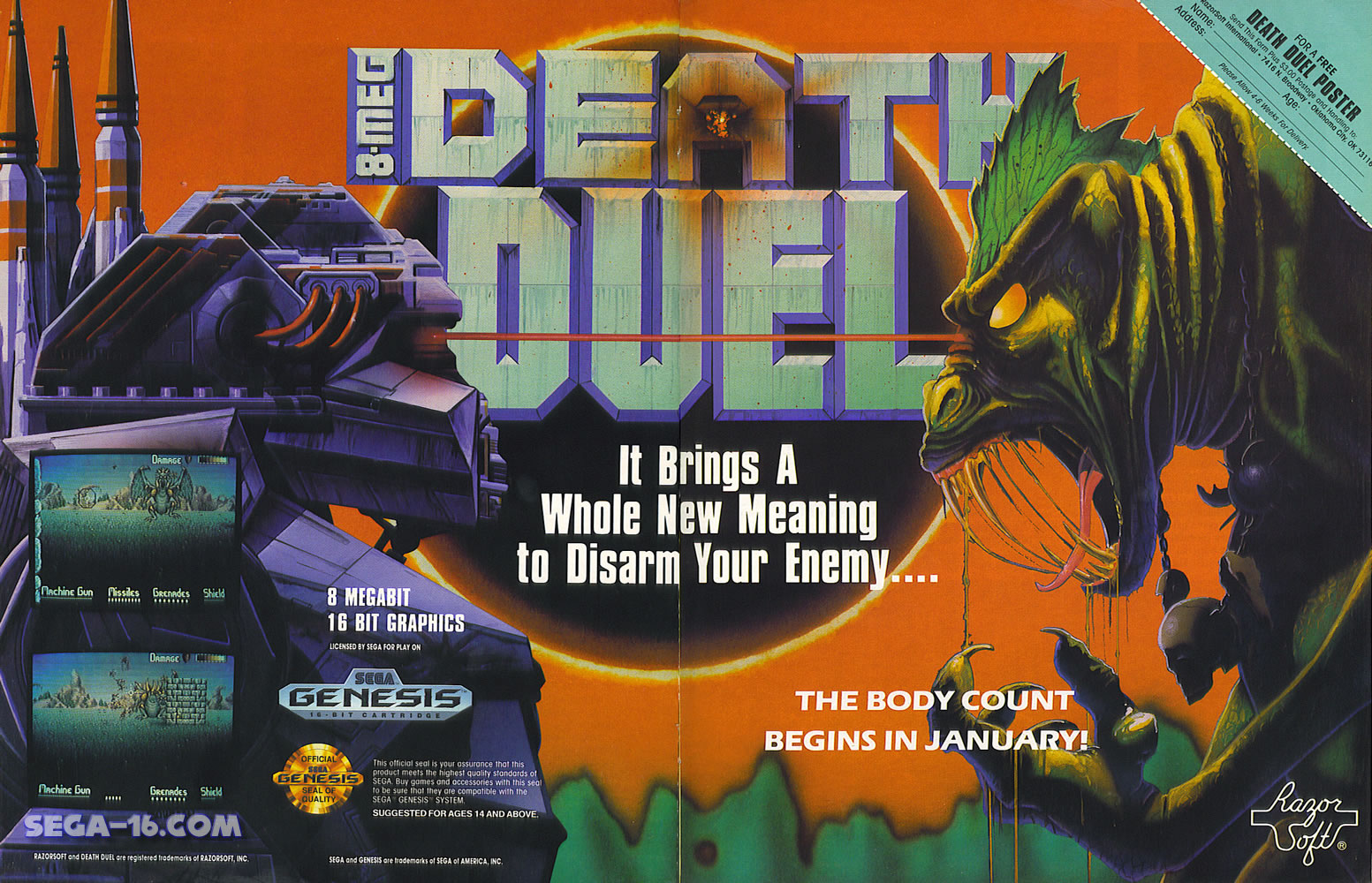The National Museum of Play has recently added an exceptional item to its collection: a rare PC port demo of “Super Mario Bros. 3,” developed by id Software in the early days before the company became synonymous with the first-person shooter genre through titles like “Doom” and “Wolfenstein 3D.” This MS-DOS adaptation, crafted in 1990, is notable for its advanced scrolling technology that closely mimicked the smoothness of the original NES game. It was an ambitious attempt by id Software to convince Nintendo to commission an official PC port. Unfortunately, Nintendo declined, as it preferred to keep its franchises exclusive to its own consoles.
The demo of “Super Mario Bros. 3” for PC is a remarkable artifact, as it predates id Software’s later, renowned successes. The demo was created in just one week, showcasing the developers’ technical skills and their ability to replicate the feel of Nintendo’s hit on a different platform. This early work by id Software features the scrolling algorithm developed by John Carmack, which was a significant improvement over the choppy scrolling common to PC games of the time.
The historical significance of this demo lies in its role in the evolution of id Software. After Nintendo’s rejection, the technology developed for the port was not lost; it became the foundation for the “Commander Keen” series. This pivot marked id Software’s entry into the gaming market and set the stage for their subsequent FPS dominance.
The existence of the PC port was made public through a video shared by John Romero, co-founder of id Software, in 2015. The physical disk, however, remained elusive until the Museum of Play’s recent acquisition. It was donated by an anonymous developer who had not been part of the original project but had come to possess it. Andrew Borman, the Digital Games Curator at the museum, has confirmed the game’s authenticity and has backed it up in the museum’s system. The museum intends to make it available for researchers and historical inquiry, granting a new level of access to this unique piece of gaming history.
👀👀@museumofplay pic.twitter.com/j0tLgNxz3l
— Andrew Borman (@Borman18) July 13, 2021
The demo represents a fascinating “what could have been” in the history of gaming. While Nintendo has largely kept its main franchises tied to its own hardware, the id Software demo provides a glimpse into a world where Super Mario could have been a PC gaming staple. The preservation of the demo by the National Museum of Play ensures that this alternate reality will not be forgotten and can be studied and appreciated by future generations.
For further reading on the historical context and significance of this demo, enthusiasts can refer to the book “Masters of Doom”, which chronicles the rise of id Software and the creation of the FPS genre. Additionally, a television adaptation of the book is reportedly in the works, promising to bring the story of id Software’s early days to a wider audience.
The preservation of digital games is vital for understanding the evolution of the medium, and the National Museum of Play plays a crucial role in this endeavor. For those interested in exploring the museum’s collection or learning more about the history of “Super Mario Bros. 3”, the National Museum of Play’s official website offers a wealth of resources. Meanwhile, fans of id Software can keep up with the company’s current projects on their official site.
This acquisition is more than just a curio for the museum; it’s a testament to the creativity and innovation that have always propelled the gaming industry forward. It stands as a reminder of how even unsuccessful pitches and projects can have lasting impacts and shape the future of gaming in unexpected ways.
 Retro Replay Retro Replay gaming reviews, news, emulation, geek stuff and more!
Retro Replay Retro Replay gaming reviews, news, emulation, geek stuff and more!




